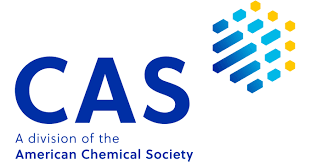In vitro-in vivo correlation (IVIVC) of different parameters of dosage form
DOI:
https://doi.org/10.56770/jcp2021514Keywords:
IVIVC, In-vitro, In-vivo, Dosage formsAbstract
Researchers can achieve rapid drug production by discovering a mathematical link between bioavailability and dissolution testing that leads to the principle of in vitro - in vivo correlation (IVIVC). IVIVC is a mathematical model which from its in vitro output can be used to estimate in vivo action. Level A correlation is widely recognized by the regulatory agencies among all the five stages of correlation. IVIVC's suitability is demonstrated by the Biopharmaceutical Classification System (BCS). In the estimation of correlations, dissolution process design plays a central role. Other important parameters in the IVIVC analysis are the qualification of the apparatus and guidelines. During the production of IVIVC, several variables, such as first pass effect, stereochemistry, should be considered. Thus, the need for a method to compare in vitro and in vivo drug release data reliably has increased tremendously. Such an instrument shortens the time of drug growth, saves money and contributes to improved product quality. Increased IVIVC creation activity demonstrates the importance of IVIVCs to the pharmaceutical business. In the production of new pharmaceuticals, IVIVC can be used to minimize the number of human studies during the development of formulation, as the primary objective of IVIVC is to act as a replacement for bioavailability in vivo and to help bio waivers. The usage of dissolution encourages and/or validates methods and configurations for requirements. This is because in vivo importance of in vitro dissolution specifications is included in the IVIVC. Research is based on new oral dosage forms in the current scenario, where awareness of IVIVC is of vital importance. IVIVC implementations vary from drug and product production to improvements in their scale-up and post-approval. Therefore, in drug production, IVIVC should be used as an effective tool
Downloads
Published
How to Cite
Issue
Section
License
Copyright (c) 2021 The authors retain the copyright without restriction.

This work is licensed under a Creative Commons Attribution 4.0 International License.









